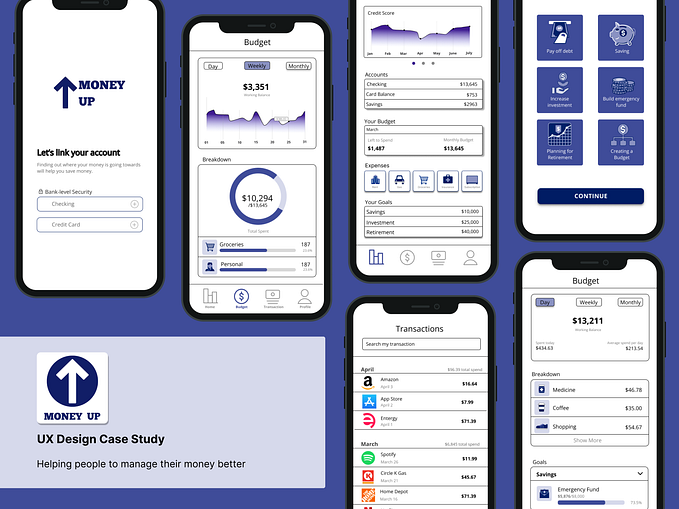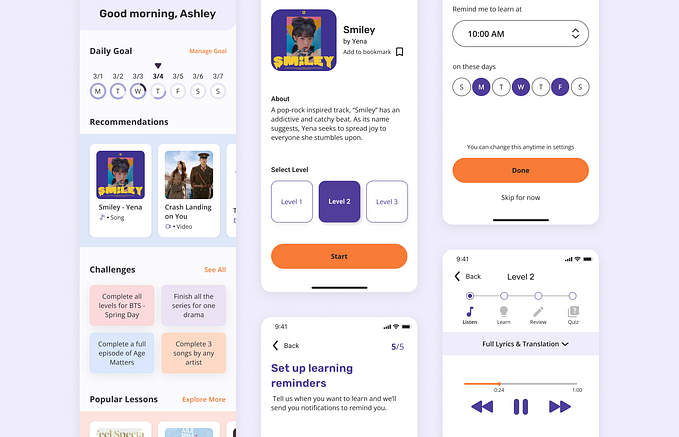ChatGPT is a great tool in a designer’s armoury, not only can it speed up your workflow and process, but it can also expand your skillset, and allow you to do more.

This article is a more concise version (after some feedback) of this article, check it out if you’d prefer a more detailed account.
“Machine intelligence is the last invention that humanity will ever need to make.”
— Nick Bostrom, Swedish Philosopher
1. Data research
We’ve always found finding data a tad tedious and time-consuming, but we have been pleasantly surprised by the detail and efficiency of ChatGPT, it also helps that it searches multiple sources!

2. Competitor analysis
Again another time-consuming task, that can now be done in seconds. We have found this to be super powerful, we’ve even tested it on a few obscure companies and the results have still been impressive.

3. User testing and interview scripts
Writing scripts for user testing and user interviews is a great one, however, when we used it, it was more of a template and used as inspiration. We took this and completely personalised it to our specific needs.

4. Summarising data
This one we’ve used quite a lot, and it can really be applied to anything. Like summarising long-form text and data (as in the interview above), you can take this one step further and even identify key themes and insights.

5. User personas
Another good one that we usually use as a template, especially as our user persona docs are always super visual. But again this saves time and works a treat!

6. User flows
Although ChatGPT is text-only, it can still generate a user flow, albeit only in text. I would not be surprised if could already generate it visually, such as a flowchart, and in the future be able to draw out a wireframe.
We have found this to be a great template for a user flow, and great for inspiration.

7. UX flaws
An exercise we always like to do here at Cojo. From the beginning of a project is identifying and analysing UX flaws of similar products. We find this exercise extremely helpful in creating a killer product with a top-notch user experience.

8. Inspiration
This could be a whole article in itself. You can ask ChatGPT to generate similar websites that you can use as inspiration. To asking for colour suggestions, to asking ChatGPT for pointers on styling a particular website, app, logo etc. For example, a luxury travel website may have elegant, script-style font whilst incorporating imagery of iconic luxurious travel destinations. These are all things ChatGPT will point out.

9. Design systems
This is a super interesting one. Although ChatGPT would not design the system itself, it can supply all the documentation needed. Although you have to prompt ChatGPT with specific requirements, I could see how useful this could become!

10. UI copy
Copywriting is a clear one that ChatGPT can help with. We have found that using it for micro-copy such as labels, text fields and buttons is a little tedious and not good use of time. However for any longer text, it works great and saves you from ever having to use Lorem Ipsum again! We have found it super useful for generating text such as onboarding content, tooltips, notifications and prompts, error messages, helper text, or for providing additional context or guidance for users. We have found it helpful for really anything longer than a sentence. Another super useful one is getting ChatGPT to reword and optimise pieces of text, either because they sound a bit wordy (or off) or even if you’d prefer a different tone of voice.

BONUS: Coding
Yep, we’re great like that. Using ChatGPT for coding is super impressive and works extremely well, especially with smaller requests. For example, you could ask code samples from your Design System documentation (as mentioned above). This could be a great help to a developer you’re working with, and I’m sure they would greatly appreciate it!

To conclude
It’s clear to see how useful ChatGPT is not only for writing and rewording, and research but also for generating ideas and overall ideation. But of course, with all of these use cases that have been mentioned, do remember to use ChatGPT as a starting point and a template, and then make it bespoke to your needs. As ChatGPT puts it brilliantly…
“It’s important to note that ChatGPT is a tool, and its output should be used as a starting point for further refinement and editing, rather than being used directly in a final design.”
— ChatGPT
ChatGPT and AI in general, are undoubtedly only going to get better, and this is only the beginning, so embrace it and learn how to use it.

Thanks for reading! If you liked this post please do support us by giving the article a clap 👏
Now that you know about ChatGPT, you might want to find out more about UX design. These popular resources may be helpful:









